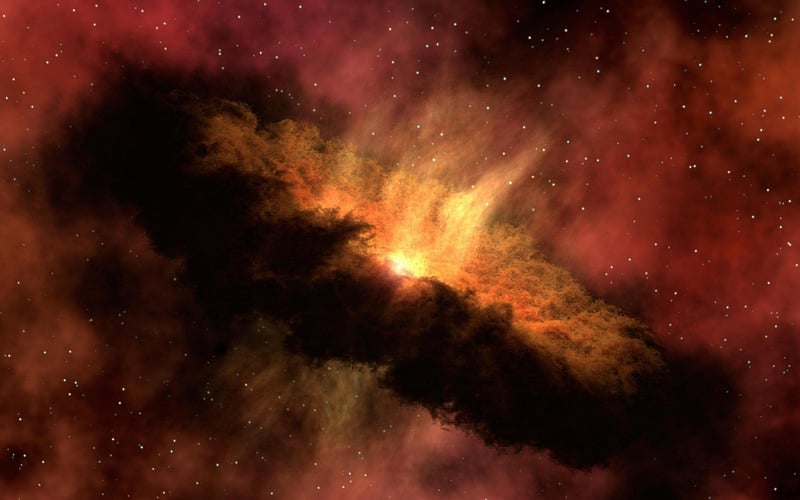Exoplanet Surveys
Unraveling Cosmic Mysteries Through Exoplanet Surveys
Exploring the vast cosmos has always captivated human curiosity. The quest to unravel cosmic mysteries, especially the search for exoplanets, has been a focal point in modern astronomy. Exoplanets, planets orbiting stars outside our solar system, hold the key to understanding our place in the universe and the potential for life beyond Earth. Let's delve into the exciting world of exoplanet surveys and how they contribute to expanding our cosmic knowledge.
The Significance of Exoplanet Surveys
Exoplanet surveys play a crucial role in detecting and characterizing planets beyond our solar system. By studying these alien worlds, scientists can gather valuable insights into planetary formation, evolution, and the prevalence of habitable environments in the universe. Such surveys not only expand our understanding of planetary systems but also pave the way for future exploration and potential discoveries of extraterrestrial life.
Techniques Used in Exoplanet Surveys
Exoplanet surveys employ various techniques to detect and study planets orbiting distant stars. Some common methods include:
- Transit Photometry: Observing the slight dimming of a star's light as an exoplanet passes in front of it.
- Radial Velocity Method: Detecting variations in a star's radial velocity caused by an orbiting planet's gravitational pull.
- Direct Imaging: Capturing images of exoplanets by blocking out the light from their parent stars.
- Gravitational Microlensing: Using the gravitational lensing effect to detect planets based on the distortion of light from a background star.
Key Exoplanet Discoveries
Over the years, exoplanet surveys have led to remarkable discoveries, expanding our catalog of known exoplanets. From hot Jupiters orbiting close to their stars to rocky worlds in the habitable zones, each discovery adds to our understanding of planetary diversity and formation. Notable exoplanets like Proxima Centauri b, TRAPPIST-1e, and Kepler-452b have sparked interest in the search for potentially habitable worlds beyond our solar system.
Looking to the Future
As technology advances and exoplanet survey techniques improve, the future of exoplanetary exploration looks promising. From upcoming space missions like the James Webb Space Telescope to ground-based observatories, the next decade holds the potential for groundbreaking discoveries that could reshape our understanding of the cosmos and our place within it.
Join us in this thrilling journey of unraveling cosmic mysteries through exoplanet surveys, where each new discovery brings us closer to unlocking the secrets of the universe.

For more information on exoplanet surveys and the latest discoveries, visit NASA's Exoplanet Exploration website.
